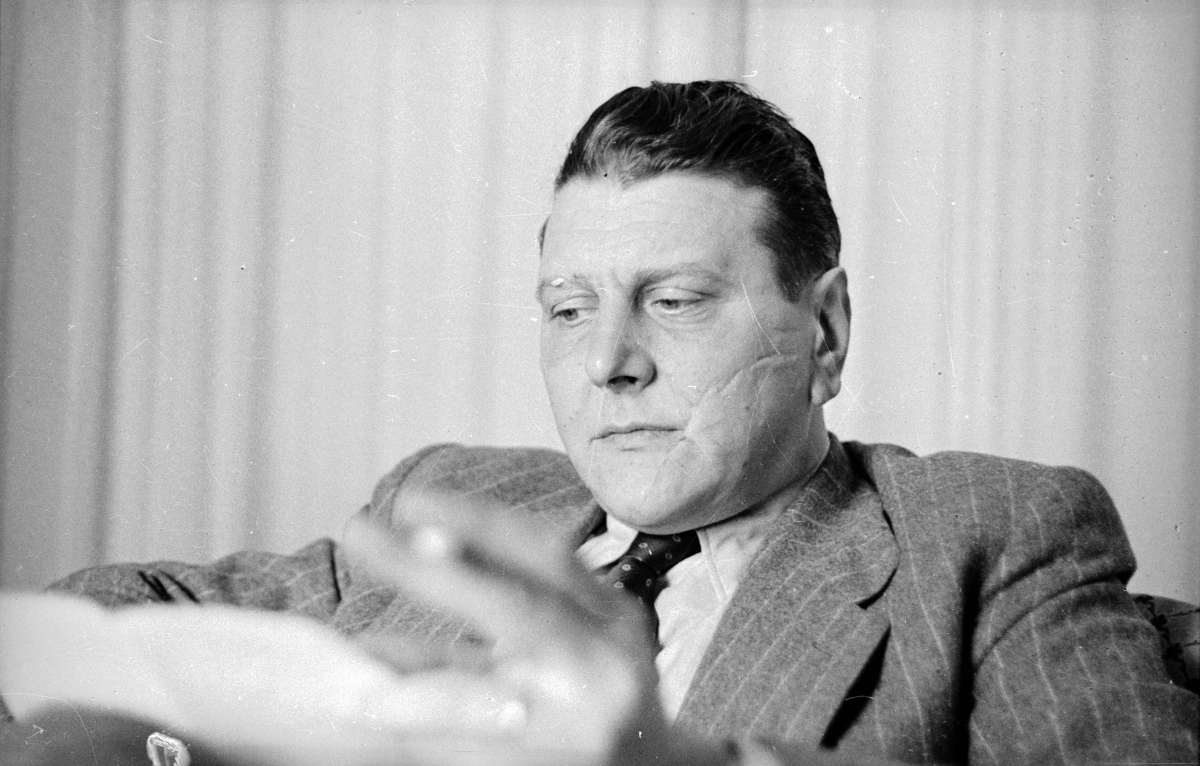

Three SS colleagues, dressed in American uniforms, escorted him out of the camp, claiming they were taking him for a hearing. Skorzeny was retained in prison since he was facing other charges from different countries, but in typical Skorzeny fashion, he escaped. After British SOE agents gave evidence that they wore German uniforms during the war, the case against Skorzeny was dismissed. He argued that wearing the uniforms was not an issue provided they discarded them before engaging in a battle. Skorzeny was tried as part of the Dachau War Crimes trials for allowing his men to wear American uniforms. Before the war ended, he was awarded the Nazi’s highest award–oak leaves for his Knight’s Cross. Skorzeny spent the last months of the war leading regular troops as an acting Major-General in East Prussia. Most of the German soldiers that took part in this operation were captured, and many were shot as spies for wearing American uniforms. Eisenhower then put up “Wanted” posters, with a detailed description of Skorzeny, all over the territory controlled by the Allies. The Allies captured a few of his men, who spread a rumor that Skorzeny intended to lead a raid on Paris to assassinate General Eisenhower, forcing Eisenhower to spend Christmas of 1944 isolated for security reasons. His last operation was during the Battle of the Bulge in late 1944 when he and his English-speaking troops infiltrated Allied lines disguised in American uniforms and driving captured American Jeeps. Skorzeny took part in or planned several other challenging operations during the war, including an unsuccessful attempt to assassinate Churchill, Stalin, and Roosevelt at the Tehran Conference in 1943. Even Winston Churchill was impressed, saying that the raid was one of great daring. This successful raid enhanced his standing with Hitler, and the audacious nature of the raid made international headlines. Skorzeny was promoted to the rank of Sturmbannführer (Major) and was awarded the Knight’s Cross of the Iron Cross. Mussolini was rescued without a shot being fired, and he was escorted to Rome and then on to Berlin. But on September 12, 1943, Skorzeny personally led the raid by drifting his team onto the Gran Sasso mountaintop in gliders and landing at the Campo Imperatore Hotel where Mussolini was being held. The Italians frustrated initial attempts to rescue Mussolini they moved him on a regular basis to thwart any rescue attempts.

In July 1943, Hitler personally selected Skorzeny to rescue Benito Mussolini after he had been imprisoned during the overthrow of his government. Skorzeny with the liberated Mussolini – September 12, 1943. He was accepted as an officer-cadet in Hitler’s personal guard regiment, the Leibstandarte SS Adolf Hitler (LSSAH). When Germany invaded Poland in 1939, he volunteered to join the Luftwaffe, but he was rejected as he was too old (at 31) and too big. Skorzeny was a charismatic character, and he joined the Austrian Nazi Party in 1930, where he made many friends. He studied civil engineering at University, and was a proficient fencer–he took part in 15 duels, the tenth of which accounted for the dramatic scar on his face. He was raised and educated in Vienna, and he spoke not only German but fluent French and pretty good English. Skorzeny was born in Vienna on June 12, 1908, to a middle-class Austrian family with Polish ancestors. Known during World War II as the Third Reich’s Scarlet Pimpernel, the six foot four inch tall, 250-pound SS Commander was not a man that you could miss. This surly gentleman, sporting a scar across his face, was none other than Otto “Scarface” Skorzeny. But he didn’t look like many other Irish farmers either. No one passing his white Mercedes when driving along the bucolic roads around the Curragh in Ireland’s County Kildare in the late 1950s would ever have thought it was being driven by one of Hitler’s most trusted troubleshooters.


 0 kommentar(er)
0 kommentar(er)
